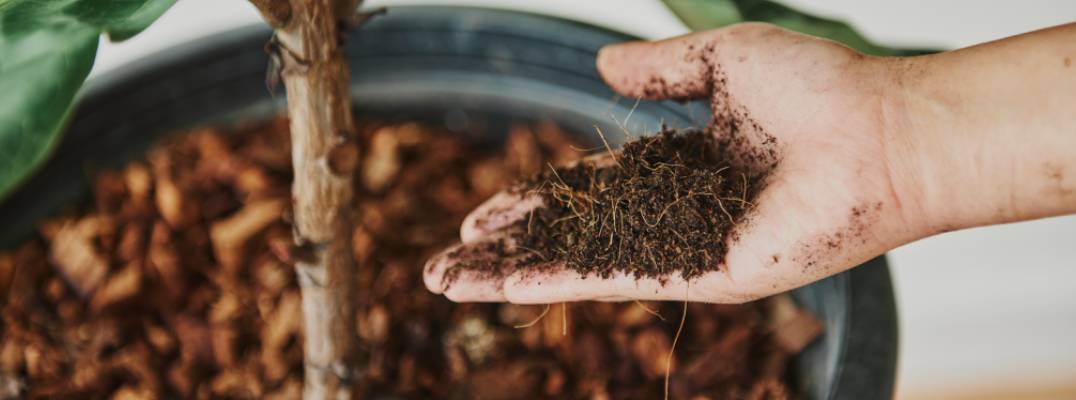A groundbreaking study published in Soil Ecology Letters reveals how vermicompost olive mill waste strengthens plant defenses and influences pest control in olive trees. Conducted by researchers from the Spanish National Research Council (CSIC) and Fundación MEDINA, the research highlights the critical role of soil amendments in shaping tri-trophic interactions among olive trees, the olive moth (Prays oleae), and its natural predator, the green lacewing (Chrysoperla carnea). The findings underscore the potential of sustainable agricultural practices to enhance ecosystem resilience.
The study investigated how vermicompost olive waste and simulated pest attacks alter the volatile compounds emitted by olive trees. These changes significantly affected the behavior of Chrysoperla carnea, a key predator of the olive moth. Researchers discovered that belowground fungal diversity plays a pivotal role in determining the composition of aboveground plant volatiles, which in turn influence predator attraction.
Notably, three specific volatile compounds—6-methyl-5-hepten-2-one, acetic acid, and nonanal—were consistently found to attract the green lacewing. The study also linked the attractiveness of these volatiles to soil organic carbon content and the diversity of bacterial and fungal root communities. These insights highlight the interconnectedness of soil health and plant defense mechanisms.
Dr. María López, a lead author of the study, stated, "Our findings demonstrate how soil amendments can shape plant-predator interactions, offering a sustainable approach to pest management."
The research underscores the importance of monitoring soil amendments to optimize their impact on plant defenses and biological control strategies. By repurposing organic waste like olive mill byproducts, farmers can enhance soil fertility while reducing reliance on chemical pesticides. This study paves the way for innovative, eco-friendly agricultural practices that align with circular economy principles.
